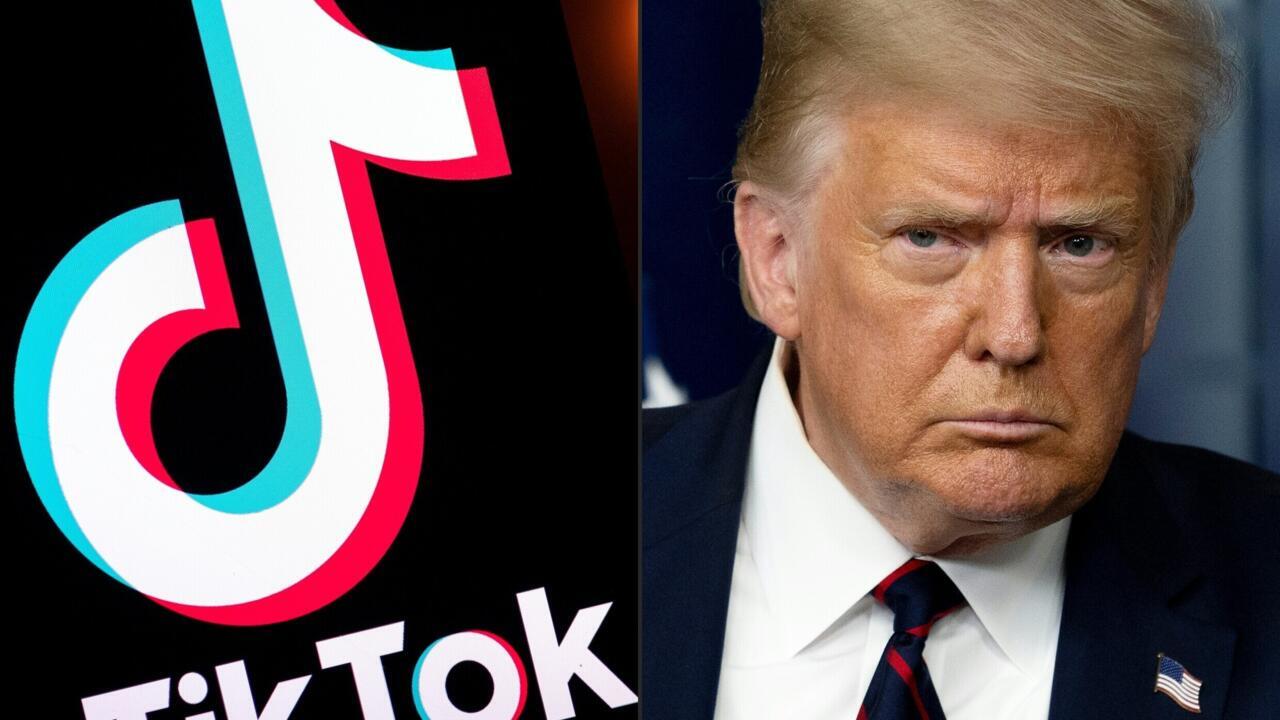January 19, 2025: The U.S. market witnessed a dramatic saga involving TikTok. The world’s most popular short-video app faced a sudden removal, only to reappear in less than 24 hours. This incident has sparked widespread discussion, highlighting the challenges faced by tech giants in the global market and the complex interplay between regulations and commercial interests.

A Sudden Removal
On January 18, TikTok users in the U.S. found themselves unable to access the app, while the app disappeared from major app stores. Sources suggest the removal was prompted by concerns over data privacy and national security. However, neither TikTok nor relevant authorities provided a clear explanation for the swift action. This move left millions of users scrambling for answers while the hashtag “#BringBackTikTok” quickly trended on social media platforms.
The Rapid Comeback
Surprisingly, just a day later, TikTok was back in U.S. app stores, with services fully restored. In a statement, TikTok U.S. said, “We remain committed to providing a secure and compliant platform for our users. We deeply appreciate the support and coordination from all parties involved.” Industry experts speculate that this swift resolution was the result of intense behind-the-scenes negotiations, underscoring TikTok’s resilience in handling such challenges.
Behind the Scenes: The Underlying Causes of This Brief Storm
1. Balancing Policy and Interests
The government cited national security concerns to justify its actions. However, given TikTok’s vast user base of over 100 million in the U.S., the disruption risked harming advertisers and creators on the platform. The app’s rapid reinstatement suggests a compromise may have been reached to address both regulatory concerns and economic considerations.
2. TikTok’s Proactive Measures
TikTok has invested heavily in enhancing data transparency over the past two years, including establishing multiple data centers in the U.S. and outsourcing data management to independent third parties. These initiatives likely helped bolster its position during negotiations.
3. Pressure from Public Opinion
With its massive fan base, TikTok’s sudden removal triggered an outpouring of protests on social media, creating significant pressure on policymakers and agencies to reconsider their stance. The collective voice of users clearly played a role in shaping the resolution.
Echoes of Trump’s Legacy
This “24-hour drama” inevitably recalls former President Trump’s 2020 efforts to ban TikTok in the U.S. Back then, his administration issued executive orders citing “national security” concerns and demanded that TikTok divest its U.S. operations. This recent event under President Biden reflects a continuation of the same underlying concerns, though handled with a more measured approach. It showcases the evolving strategies employed by the U.S. in regulating foreign tech companies.
What Lies Ahead: Short-Term Calm, Long-Term Challenges
While this incident has been temporarily resolved, it is only one chapter in the ongoing challenges faced by global tech companies. TikTok’s future depends heavily on its ability to maintain data transparency, regulatory compliance, and constructive collaboration with local governments. Meanwhile, with intensifying U.S.-China tech competition, platforms like TikTok are likely to remain in the spotlight.
For everyday users, this episode serves as a reminder of the fragility of digital services, underscoring the value of platforms that connect and entertain us. Perhaps this brief removal and recovery will mark another key moment in TikTok’s journey of growth.